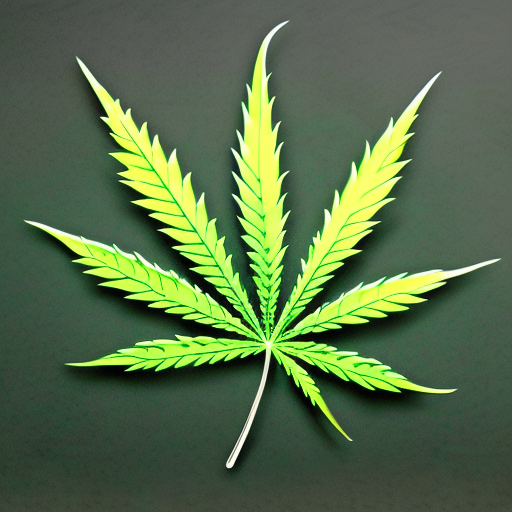
Cannabis has been used for medicinal purposes for thousands of years and its popularity has only increased in recent years as more states and countries legalize its use. Chronic pain is one of the most common reasons people use cannabis, and two of the most well-known compounds in cannabis are tetrahydrocannabinol (THC) and cannabidiol (CBD). In this article, we will explore the differences between THC and CBD and which cannabis strain is best for chronic pain.
THC is the psychoactive compound in cannabis that is responsible for the “high” feeling. THC works by binding to the cannabinoid receptors in the brain, which can produce a range of effects, including pain relief and relaxation. THC’s effect on the endocannabinoid system is what makes it effective in relieving chronic pain. The endocannabinoid system is responsible for maintaining balance in the body, and when it is activated by THC, it has been shown to help reduce pain and inflammation.
THC’s ability to bind to the cannabinoid receptors in the brain also makes it effective in producing feelings of relaxation and euphoria, which can be beneficial for patients with chronic pain who may experience anxiety or depression as a result of their condition. However, while THC can be effective in reducing chronic pain, it can also produce unwanted side effects. Some people may experience dizziness, anxiety, paranoia or impaired coordination when using THC.
CBD is another compound found in cannabis. CBD works by interacting with the body’s endocannabinoid system, like THC can also help to reduce inflammation and pain. One of the benefits of using CBD for chronic pain is that it does not produce the same psychoactive effects as THC. This means that patients can use CBD without feeling “high” or experiencing unwanted side effects.
CBD works by interacting with the body’s endocannabinoid system, which is responsible for regulating a wide range of functions in the body, including pain, mood and inflammation. Unlike THC, CBD does not bind to the cannabinoid receptors in the brain. CBD is generally considered safe and does not produce the same psychoactive effects as THC. However, some people may experience side effects, such as dry mouth, dizziness or changes in appetite or mood. Additionally, CBD can interact with some medications, so it’s important to talk to your doctor before using CBD for chronic pain.
When choosing a cannabis strain, ratio or form of ingestion for chronic pain, it’s important to consider your preference for THC or CBD and look for products that are high in the compound you prefer. Both THC and CBD can be effective in reducing chronic pain, but they work in different ways and produce different effects.
In conclusion, both THC and CBD can be effective in reducing chronic pain. It is important to note that one should consider their preferences regarding THC or CBD when selecting a cannabis strain and look for products that are high in the compound they prefer.

